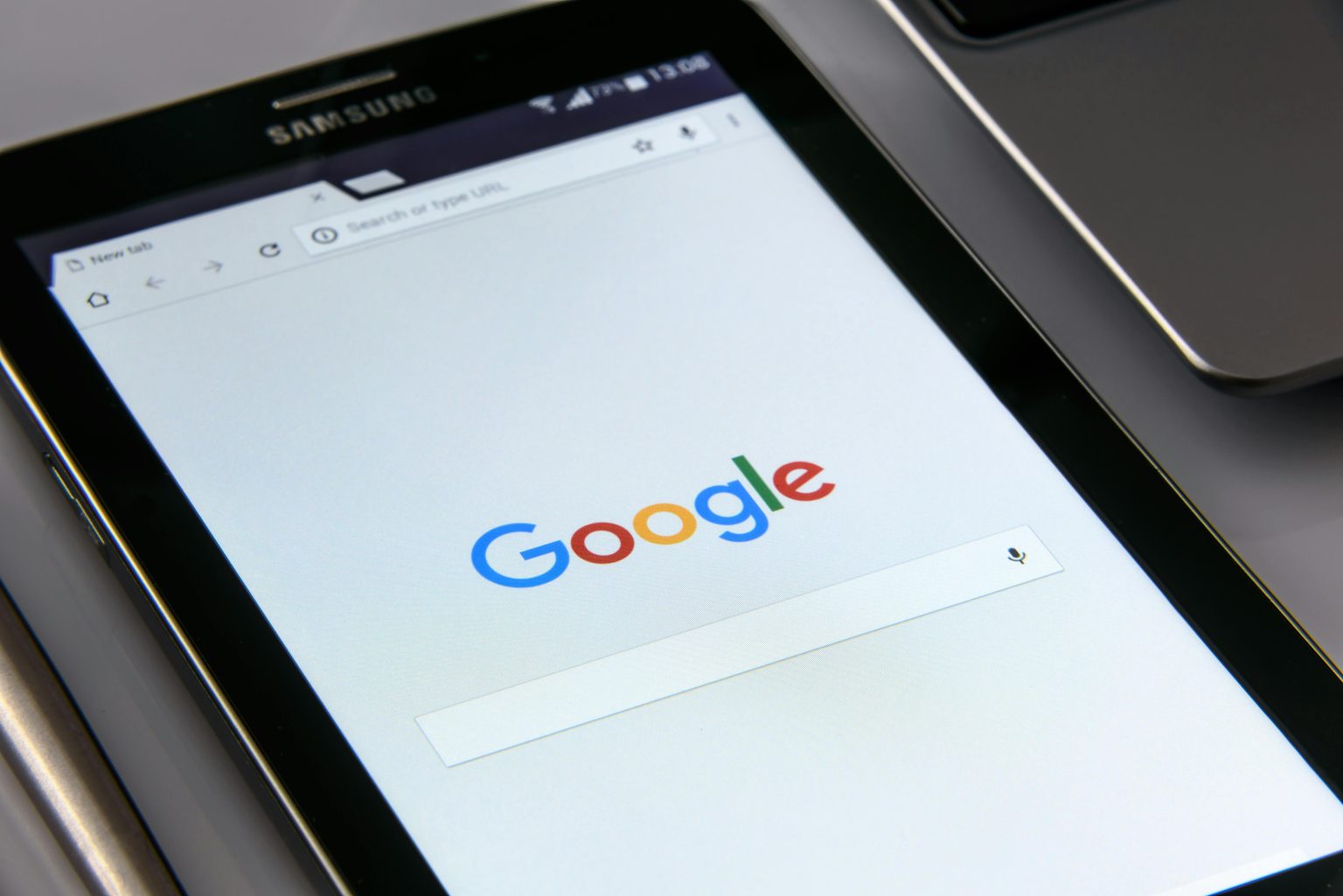Every year on August 1, World Wide Web Day is celebrated to honor the technology that revolutionized global communication and information sharing. World Wide Web Day highlights the transformative impact of the web, from connecting people across the globe to fostering innovation and commerce. Since its inception, the web has changed how we live, work, and interact.
The history of the World Wide Web traces back to 1989 when Tim Berners-Lee proposed the idea while working at CERN. His vision, along with Robert Cailliau’s contributions, laid the foundation for what would become a central part of modern life. From its humble beginnings, the web has grown into an advanced and organized structure, continuously evolving to meet new challenges.
World Wide Web Day also serves as a reminder of the countless individuals who have contributed to the web’s development. It’s a day to recognize their efforts and the profound ways the web has shaped contemporary culture and digital advancements. As we celebrate 35 years of the web, we reflect on how it has brought the world closer together in ways previously unimaginable.
Evolution of the Web
The Web has undergone significant transformations from its early beginnings, influenced by key technologies and the commitment to accessibility and standards.
From Inception to Global Connectivity
The World Wide Web was invented in 1989 by Tim Berners-Lee at CERN. He, along with Robert Cailliau, developed the first web proposal, which introduced concepts like Hypertext and URLs.
The first website, created at CERN, provided information about the World Wide Web Project. With the development of the Mosaic Web Browser in 1993, created by Marc Andreessen and Eric Bina, web technology became widely accessible. By 1994, the Web had gained commercial significance, leading to the rise of e-commerce and global connectivity.
Technologies that Shaped the Web
Several technologies have been pivotal in the Web’s growth. HTML (Hypertext Markup Language) and HTTP (Hypertext Transfer Protocol) are foundational for web pages and communication between servers and clients. Web browsers, starting with Mosaic and later Netscape Navigator and Internet Explorer, enabled users to access the web easily.
The Web 2.0 era began in the early 2000s, emphasizing user-generated content, social networking, and interoperability. The Mobile Web emerged with the proliferation of smartphones, making the internet accessible from anywhere.
Web Accessibility and Standards
Web accessibility ensures that everyone, including people with disabilities, can use the web. Initiatives like the Web Accessibility Initiative (WAI) and technologies like ARIA (Accessible Rich Internet Applications) are essential in this regard.
Internationalization and web standards, maintained by the World Wide Web Consortium (W3C), founded by Tim Berners-Lee in 1994, ensure that web technologies work uniformly across different devices and languages. This decentralization and standardization have been crucial in providing a consistent and inclusive web experience.
By adhering to these technologies and principles, the Web has become a fundamental part of global communication and commerce, continuously evolving to meet new challenges and opportunities.
Impact on Society and Culture
The World Wide Web has brought about significant changes in how people communicate, access information, and conduct business. It has also raised important issues related to security and privacy.
The Digital Revolution
The World Wide Web has transformed society by providing unprecedented access to information and education. It has made media consumption more interactive and personalized, with platforms like YouTube and Wikipedia offering vast amounts of content. Cloud computing and the Internet of Things have enhanced connectivity and data management, enabling users to access and share resources seamlessly. Artificial Intelligence leverages web-based data to improve services across various fields, including healthcare, transportation, and customer service.
Changing Face of Communication and Commerce
The way people communicate has drastically changed with the introduction of email, social media, and podcasts. Platforms like Facebook, Twitter, and YouTube have made it easier for people to connect, share ideas, and create content. Advertising has shifted online, targeting users more accurately through data analytics. E-commerce giants like Amazon and eBay have revolutionized shopping, making it possible to buy and sell goods globally with ease. The web has also facilitated remote work and online collaboration, making it possible for teams to work together from different parts of the world.
Web Security and Privacy
The increased use of the World Wide Web has raised concerns about security and privacy. With more personal data being shared online, the risk of data breaches has grown. Web browsers like Internet Explorer, Mozilla Firefox, and Google Chrome have implemented strong security measures to protect users. Despite these efforts, cyber threats remain a significant challenge. Ensuring privacy on platforms like Facebook and Twitter is crucial as users often share personal information without considering potential risks. Efforts to enhance web security and protect user data are ongoing and essential for maintaining trust in the digital world.



